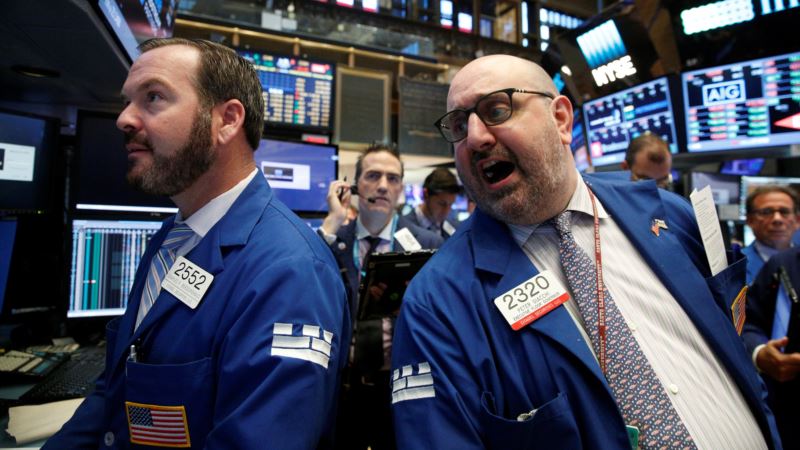Volatility returned to the markets, following two months of tight, range-bound trade, as investors anticipate the Federal Reserve's and Bank of Japan's interest rate decisions on September 21 and as crude oil continued to slide. The key question for traders is, “Will the volatility subside following the FOMC [Federal Open Market Committee] decision?” Some analysts believe it may be here to stay. "We think the volatility jolt over the last few days is likely the beginning of a continuous event that will play out through the fall," Jim Strugger, derivatives strategist at MKM Partners, said in a research report. "So, even if anticipation of the Fed standing pat at next week's FOMC meeting stokes a moderate relief rally, the subsequent baseline for implied volatility across asset classes should be higher to account for the risk from a succession of upcoming potential trigger points." Brad Lamensdorf, co-manager of the Ranger Equity Bear Fund, agrees with Strugger. "Multiples are extremely high right now, and I am concerned about price-to-sales more than earnings because the latter can be manipulated with buy backs and financial engineering. I also think earnings expectations will continue to be dampened, although energy profits may bounce a bit." Interest rates and why investors care For weeks, investors have been trying to gauge the tone of the Federal Reserve to gain some insight on the timing of an interest-rate hike. On Wednesday, the FOMC will deliver its decision and markets across all asset classes with definitely respond on the headline. The level of interest rates affects the economy. Higher interest rates tend to slow economic activity; lower interest rates stimulate economic activity because the theory is consumers will have more discretionary money to spend. And the same applies to big-ticket purchases like cars and homes because it is cheaper to borrow money. Furthermore, interest rate costs are a significant factor for many businesses because interest cost has a direct impact on corporate profits. Historically, in terms of the stock market, higher interest rates are bearish for the stock market, while lower interest rates are bullish. When rates are higher, investors move money to bonds. As interest rates move higher, bond prices fall and yields go higher. Those yields are used as a source of income for many market participants. Since rates have been low for so long, investors have moved their money to stocks, particularly the telecom and utilities sectors since many companies pay relatively high and stable dividends, which is another way to derive income. This is one of the reasons, besides Central Bank intervention, that has helped the bull run in stocks. Interest rates also affect inflation and recessions. Inflation refers to the rise in the price of goods and services over time. It is the result of a strong and healthy economy. One of the reasons the Fed has kept interest rates at historically low levels is because inflation has been depressed for years and shows no signs of rising significantly in the near-term. That said, higher-than-expected consumer price data was released Friday morning and that is certainly a factor the Fed will take into consideration, as it may suggest an uptick in inflation. Economic data In addition to the Fed, there are some key data to be released: Redbook, Chicago Fed National Activity Index, FHFA House Price Index, Leading Indicators, Atlanta Fed Business Inflation Expectations and the Baker-Hughes Rig Count, which tracks the changes in rigs and that points to changes in the supply of oil and gas. Crude oil prices have been under pressure, and the rig counts and weekly inventory data will be watched closely. Earnings calendar While the third-quarter earnings season does not officially get under way until the second week in October, there are a number of companies reporting that will dominate the headlines outside of the Fed's interest rate decision, including Lennar, Adobe, FedEx, KB Home, General Mills, CarMax, AutoZone and Rite Aid. Investors look toward FedEx earnings for clues into how the economy is performing. It is one of the largest air delivery and freight services companies in the world. When the economy is doing well, more people are buying and selling goods, and therefore are shipping more packages. Analysts at UBS said in a research report that FedEx has a favorable setup into the quarterly report, and they believe there is room for upside relative to consensus estimates. In addition, the analysts believe the stock trades at an attractive valuation. UBS does caution, however, that Ground margin may be down year-over-year.
US Markets Turn Volatile, Expected to Stay That Way






